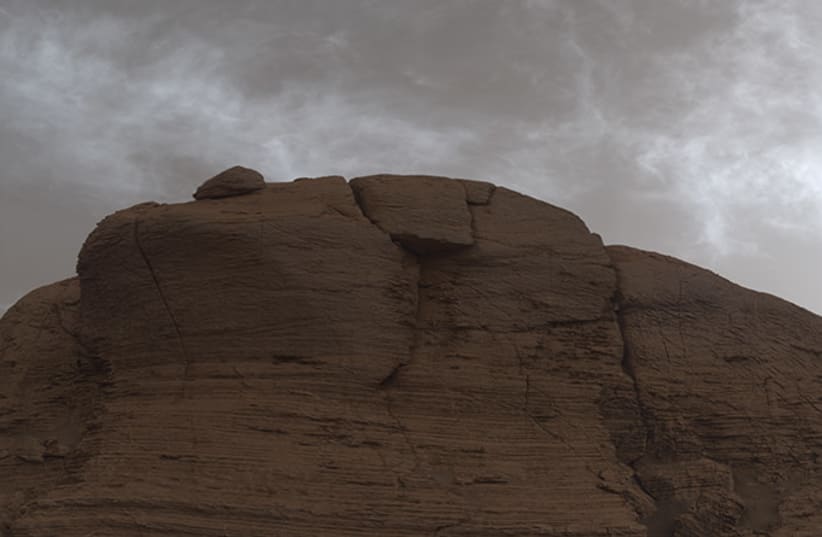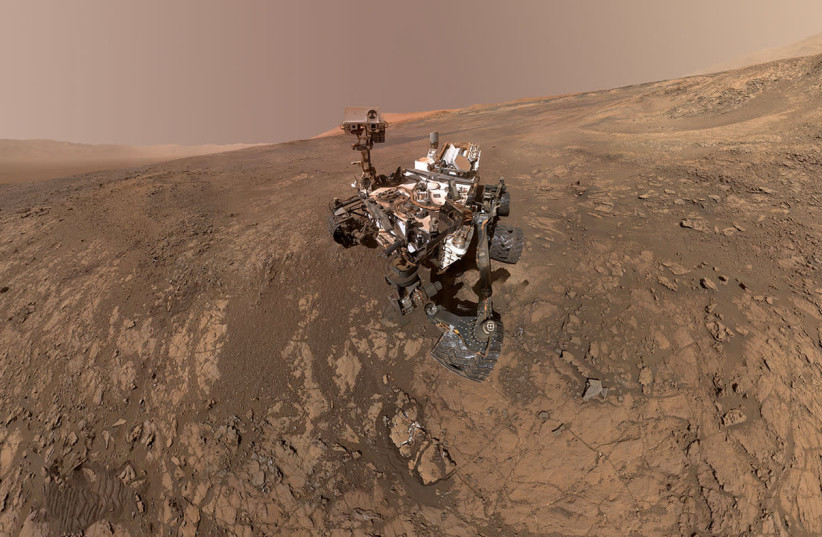Rice University’s planetary scientists teamed with NASA’s Johnson Space Center and the California Institute of Technology on solving the mystery that stunned the Mars research community.
NASA’s Curiosity rover discovered a mineral on Mars called tridymite. Tridymite is an extremely rare, high-temperature quartz and it wasn’t clear how it ended up in the Gale Crater. The Gale Crater might have been a lake over 1 billion years ago, according to NASA’s research.
Rice University’s Kirsten Siebach, co-wrote a peer-reviewed study that was published online recently. “The discovery of tridymite in a mudstone in Gale Crater is one of the most surprising observations that the Curiosity rover has made in 10 years of exploring Mars,” she said.
According to Siebach’s study, “Tridymite is usually associated with quartz-forming, explosive, evolved volcano systems on Earth.”
Siebach partnered with two postdoctoral researchers, Valerie Payre and Michael Thorpe, NASA’s Elizabeth Rampe, and Caltech’s Paula Antoshechkina. They began to reexamine the data reports on tridymite found on Earth.
How was it formed?
They reviewed the volcanic materials that were found on Mars and also the evidence from the Gale Crater lake. After the review, they came up with a new theory that matched everything. Magma sat in a chamber below a volcano on Mars longer than usual, which started the fractional crystallization, a partial cooling.
During a massive eruption, the volcano would burst out ash that contains the extra silicon in the form of tridymite. The water from the Gale Crater lake and surrounding rivers would break down the ash through chemical weathering.
If a volcanic eruption did occur at the Gale Crater when it was a lake, it would mean that the eruption would’ve taken place over 3 billion years ago when Mars was becoming the dry, barren planet that we know today.
The Curiosity rover is still exploring Mars, and according to Rice University, NASA is preparing to celebrate the 10th anniversary of the rover’s landing in the coming month.

